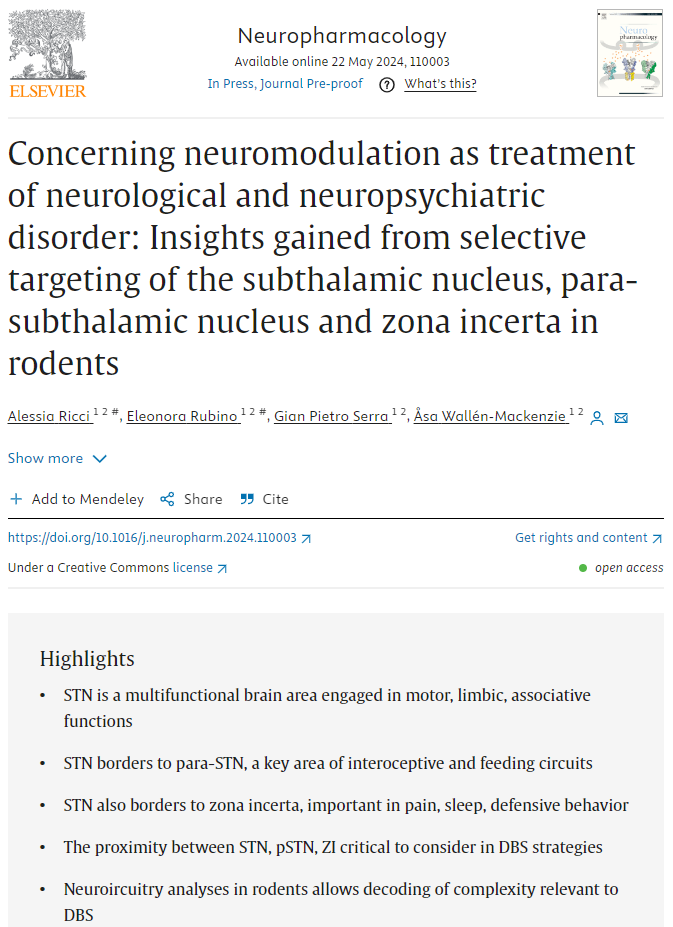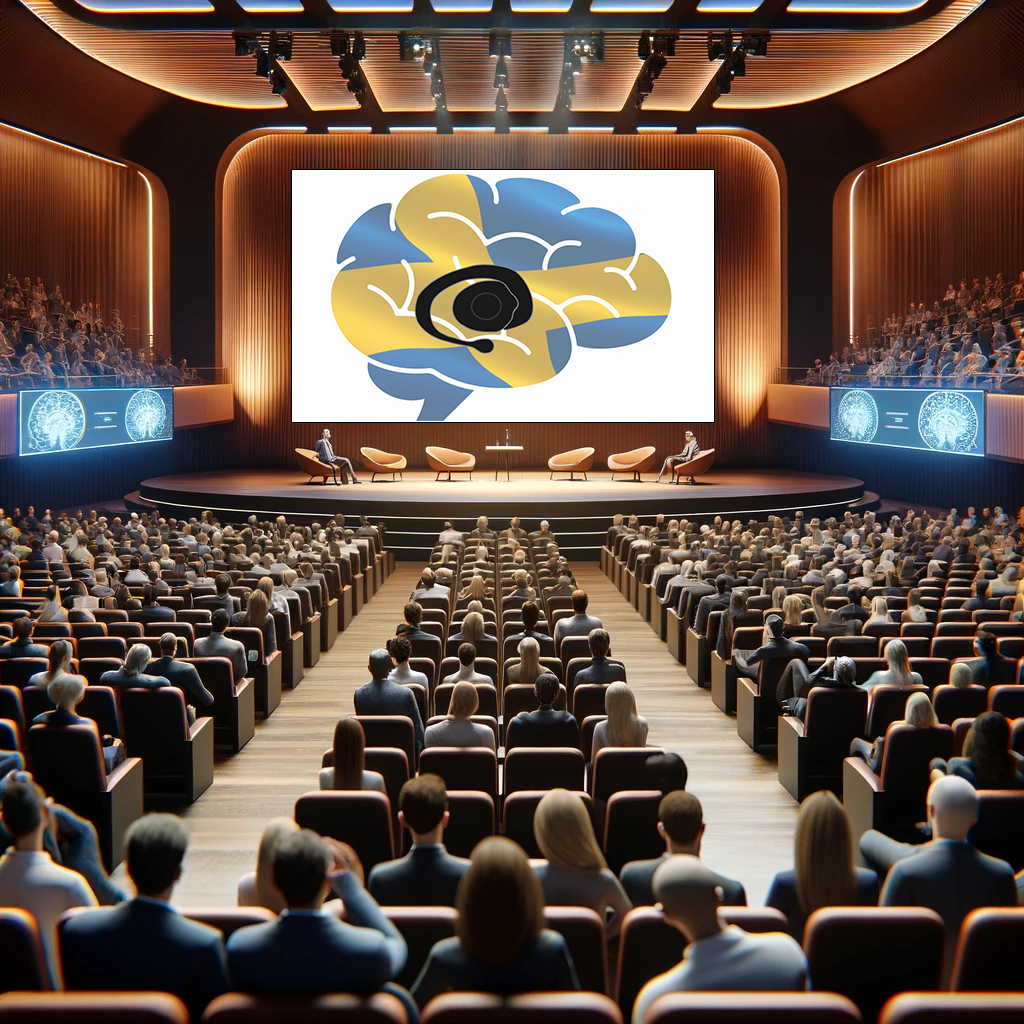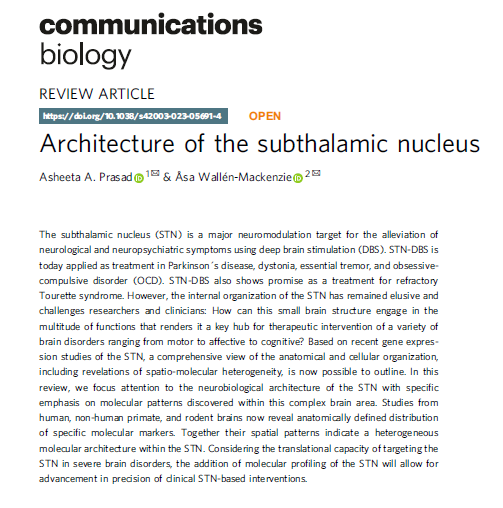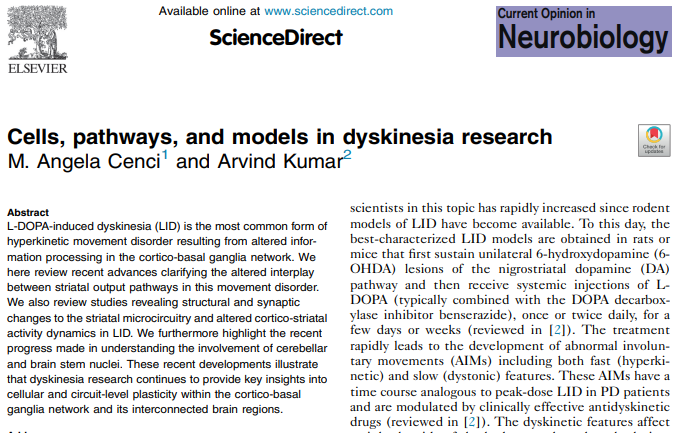New Publication: Concerning neuromodulation as treatment of neurological and neuropsychiatric disorder: Insights gained from selective targeting of the subthalamic nucleus, para-subthalamic nucleus and zona incerta in rodents
Authors: Alessia Ricci, Eleonora Rubino, Gian Pietro Serra, Åsa Wallén-Mackenzie
Abstract: Neuromodulation such as deep brain stimulation (DBS) is advancing as a clinical intervention in several neurological and neuropsychiatric disorders, including Parkinson´s disease, dystonia, tremor, and obsessive-compulsive disorder (OCD) for which DBS is already applied to alleviate severely afflicted individuals of symptoms. Tourette syndrome and drug addiction are two additional disorders for which DBS is in trial or proposed as treatment. However, some major remaining obstacles prevent this intervention from reaching its full therapeutic potential. Side-effects have been reported, and not all DBS-treated individuals are relieved of their symptoms. One major target area for DBS electrodes is the subthalamic nucleus (STN) which plays important roles in motor, affective and associative functions, with impact on for example movement, motivation, impulsivity, compulsivity, as well as both reward and aversion. The multifunctionality of the STN is complex. Decoding the anatomical-functional organization of the STN could enhance strategic targeting in human patients. The STN is located in close proximity to zona incerta (ZI) and the para-subthalamic nucleus (pSTN). Together, the STN, pSTN and ZI form a highly heterogeneous and clinically important brain area. Rodent-based experimental studies, including opto- and chemogenetics as well as viral-genetic tract tracings, provide unique insight into complex neuronal circuitries and their impact on behavior with high spatial and temporal precision. This research field has advanced tremendously over the past few years. Here, we provide an inclusive review of current literature in the pre-clinical research fields centered around STN, pSTN and ZI in laboratory mice and rats; the three highly heterogeneous and enigmatic structures brought together in the context of relevance for treatment strategies. Specific emphasis is placed on methods of manipulation and behavioral impact.











